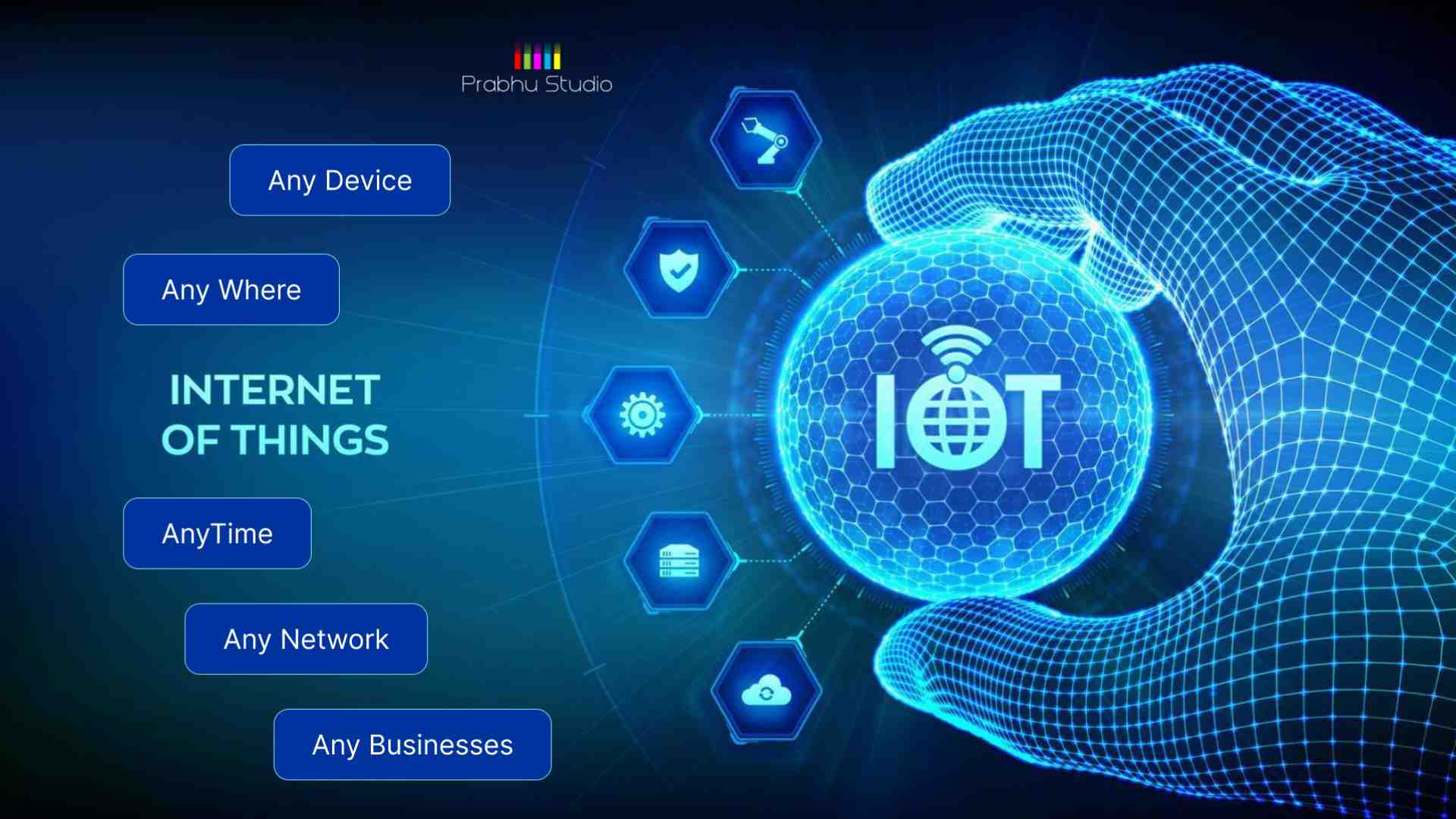
In the digital age, we are witnessing a profound transformation in the way we interact with the world. The Internet of Things (IoT) is at the forefront of this revolution, connecting everyday objects and devices to the internet, enabling them to collect, exchange, and process data. This interconnected network has the potential to transform how we live, work, and interact with the world around us. In this blog, we will explore the concept of the Internet of Things, its applications, benefits, challenges, and the future it promises.
Understanding the Internet of Things (IoT)
The Internet of Things refers to a vast network of physical objects or "things" embedded with sensors, software, and other technologies that enable them to communicate and exchange data over the internet. These objects can range from everyday devices like smartphones, smartwatches, and home appliances to industrial machines, smart cities infrastructure, and more.
The central idea behind IoT is to connect these devices to the internet, allowing them to collect and share data in real-time without human intervention. This enables them to interact with each other, make autonomous decisions, and provide valuable insights for various applications.
Applications of IoT
The potential applications of IoT are virtually limitless, impacting various industries and aspects of our lives. Here are some notable applications:
1. Smart Homes: IoT has revolutionized the concept of smart homes, where interconnected devices like smart thermostats, lighting systems, security cameras, and virtual assistants can be controlled remotely through smartphones or voice commands. This enhances convenience, energy efficiency, and home security.
2. Healthcare: IoT plays a vital role in remote patient monitoring, wearable health devices, and smart medical equipment. This allows healthcare professionals to track patients' health conditions in real-time, make accurate diagnoses, and provide timely interventions.
3. Industrial IoT (IIoT): In the industrial sector, IoT is utilized for predictive maintenance, monitoring complex machinery, and optimizing production processes. IIoT increases efficiency, reduces downtime, and enhances safety in industrial settings.
4. Smart Cities: IoT enables the creation of smart cities by integrating various infrastructure components such as traffic management, waste management, and energy grids. Smart city solutions enhance resource management, reduce congestion, and improve overall urban living conditions.
5. Agriculture: IoT-based sensors and data analytics are employed in precision farming, enabling farmers to monitor soil conditions, irrigation, and crop health. This leads to optimized resource utilization and increased crop yields.
6. Transportation: IoT applications in transportation include vehicle-to-vehicle (V2V) and vehicle-to-infrastructure (V2I) communication, which improves traffic flow, reduces accidents, and paves the way for autonomous vehicles.
Benefits of IoT
The Internet of Things brings forth a multitude of benefits that have the potential to reshape society and industries:
1. Efficiency and Automation: IoT enables automation and real-time data exchange, reducing human intervention, and streamlining processes. This leads to increased efficiency and productivity across various sectors.
2. Enhanced Decision Making: With access to a wealth of real-time data, businesses and individuals can make better-informed decisions. This data-driven decision-making process fosters innovation and growth.
3. Improved Quality of Life: Smart homes, wearable health devices, and remote healthcare monitoring systems enhance the quality of life by providing personalized and convenient solutions.
4. Sustainability: IoT aids in optimizing resource usage, such as energy and water, leading to reduced waste and a more sustainable environment.
5. Economic Growth and Job Creation: The widespread adoption of IoT creates new opportunities for tech companies, startups, and skilled professionals, contributing to economic growth and job creation.
Challenges of IoT
Despite its promising potential, the Internet of Things also faces certain challenges that must be addressed:
1. Security and Privacy: With a vast number of connected devices, the risk of cyberattacks and data breaches increases significantly. Ensuring robust security measures and protecting user privacy is of utmost importance.
2. Interoperability: Various IoT devices and platforms may not be compatible with each other, leading to challenges in establishing seamless communication and integration.
3. Data Overload: The massive amount of data generated by IoT devices can overwhelm existing data storage and processing systems. Advanced analytics and data management solutions are needed to handle this data deluge effectively.
4. Standards and Regulations: The absence of universally accepted IoT standards and regulations can hinder widespread adoption and create confusion among consumers and businesses.
The Future of IoT
The Internet of Things continues to evolve rapidly, and its future is filled with exciting possibilities:
1. 5G Integration: The rollout of 5G networks will facilitate faster and more reliable data transmission, enabling the seamless connection of IoT devices and unleashing new applications.
2. Edge Computing: Edge computing will enable data processing and analysis closer to the source of data, reducing latency and enhancing IoT system efficiency.
3. AI and Machine Learning Integration: Combining IoT with artificial intelligence and machine learning will lead to smarter, more autonomous devices capable of making complex decisions and predicting user preferences.
4. Sustainability and Green IoT: The emphasis on sustainability will drive the development of eco-friendly IoT solutions aimed at reducing energy consumption and minimizing environmental impact.
Conclusion
The Internet of Things is undeniably transforming the way we interact with the world. From smart homes and healthcare to industrial automation and smart cities, IoT applications are permeating every aspect of our lives. As the technology continues to advance and challenges are addressed, IoT will undoubtedly play an even more significant role in shaping our future, connecting the world around us in ways we couldn't have imagined before. Embracing the potential of IoT responsibly and innovatively holds the key to unlocking a smarter, more connected, and sustainable future.
Read more

